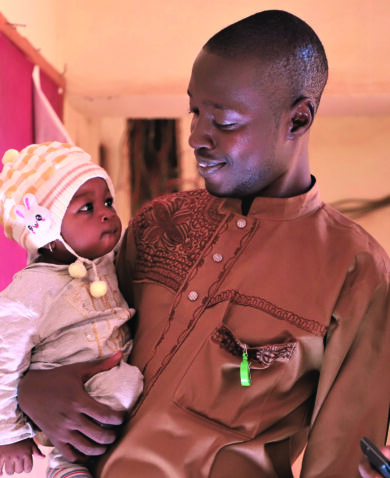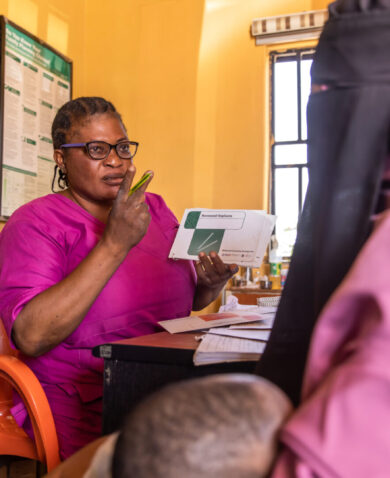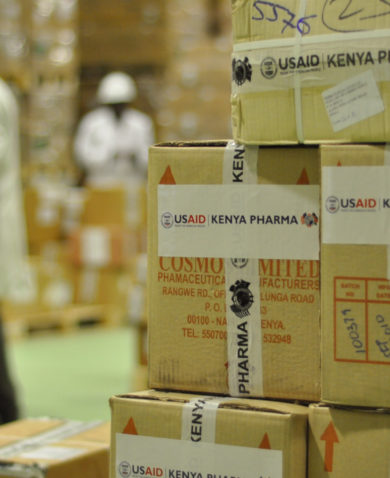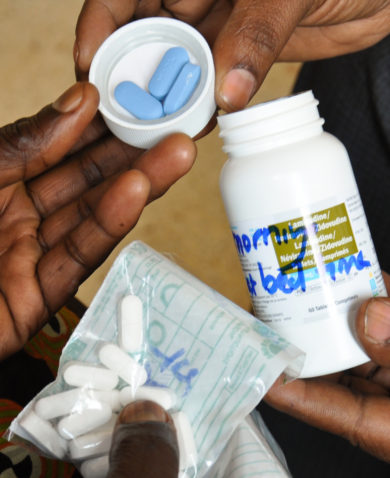
Know Your SDGs: Where is Health in the Sustainable Development Goals?
May 14, 2015 | 3 Minute ReadThe proposed health goal has nine targets covering everything from maternal and child health to environmental health.
2015 is a significant year for the future of international development. The Millennium Development Goals (MDGs) are not only expiring, but also consultations for the incoming Sustainable Development Goals (SDGs) are rapidly taking place. The SDGs are continuing the MDGs with 17 proposed goals, to be hashed out at the United Nations (U.N.) General Assembly in September. So, where does health stand in this new framework as we approach the deadline?
Where is health in the SDGs?
Right now, there looks to be just one goal (Goal 3: “Ensure healthy lives and promote wellbeing for all at all ages”) that will cover the entire health sector. Under SDG-3 are nine targets that cover a wide range of health issues, from maternal and child health to environmental health. Though each SDG is focused on a different issue, multiple constituencies are proposing that health is actually indirectly or directly represented in every SDG. Peace and stability (SDG-16) will positively impact the mental and physical health of communities, greater access to energy (SDG-7) will increase the services hospitals and community health centers can provide, and climate change (SDG-13) can change ecosystems to introduce or increase vector borne diseases.
Who gets a say in shaping the health goal?
Many issues, including adolescents and human rights, were largely left out of the MDGs. Recognizing the gaps that existed in the MDGs, there is a greater push to involve multiple stakeholders in the process of shaping the new SDGs.
In the health arena, the Partnership for Maternal, Newborn, and Child Health (PMNCH) is one of the most outspoken constituencies directly influencing the goals. Members of the partnership, including Chemonics, are actively consulting on key documents and strategies that will contribute to the SDGs, the primary document being the Global Strategy for Women’s, Children’s, and Adolescents’ Health.
Other players to watch are the Global Financing Facility (led by the World Bank and WHO), and Measurement and Accountability for Health (led by USAID, WHO, and the World Bank). These constituencies will shape the health SDG by highlighting the need for financing, measurement, and accountability.
What is this Global Strategy and why does it matter for the SDGs?
The Global Strategy for Women’s, Children’s, and Adolescents’ Health is a roadmap for ending all preventable deaths of women, children, and adolescents by 2030 and improving their overall health and well-being. It builds upon the 2010-2015 Global Strategy for Women’s and Children’s Health launched by the U.N. Secretary-General in 2010.
The Global Strategy is important for SDG-3 because of its human rights-based approach and focus on strong country ownership. As a company that works across all development sectors, Chemonics’ input on the Global Strategy stressed the need for an integrated approach to addressing the challenges around reproductive, maternal, newborn, child, and adolescent health (RMNCAH). In line with the push for public consultations, Chemonics’ also suggested that the Global Strategy strongly identify stakeholders and gain buy-in on global, national, and sub-national levels. From creating policies and ownership over funding allocations on a national level, to training leaders to manage, lead, and implement initiatives on a sub-national level, early and cross-level engagement is important for implementing the Global Strategy.
What can you do?
If there is any time to be involved in international development, this is it. Do you think there’s a health issue missing from SDG-3? Or does SDG-3 have too many targets? This is the time to voice your thoughts! The Global Strategy has a dedicated consultation web hub at www.womenchildrenpost2015.org with different work streams for participation. There are multiple many ways to become involved, so contribute your knowledge, thoughts, and interests to shape the SDGs today.


































